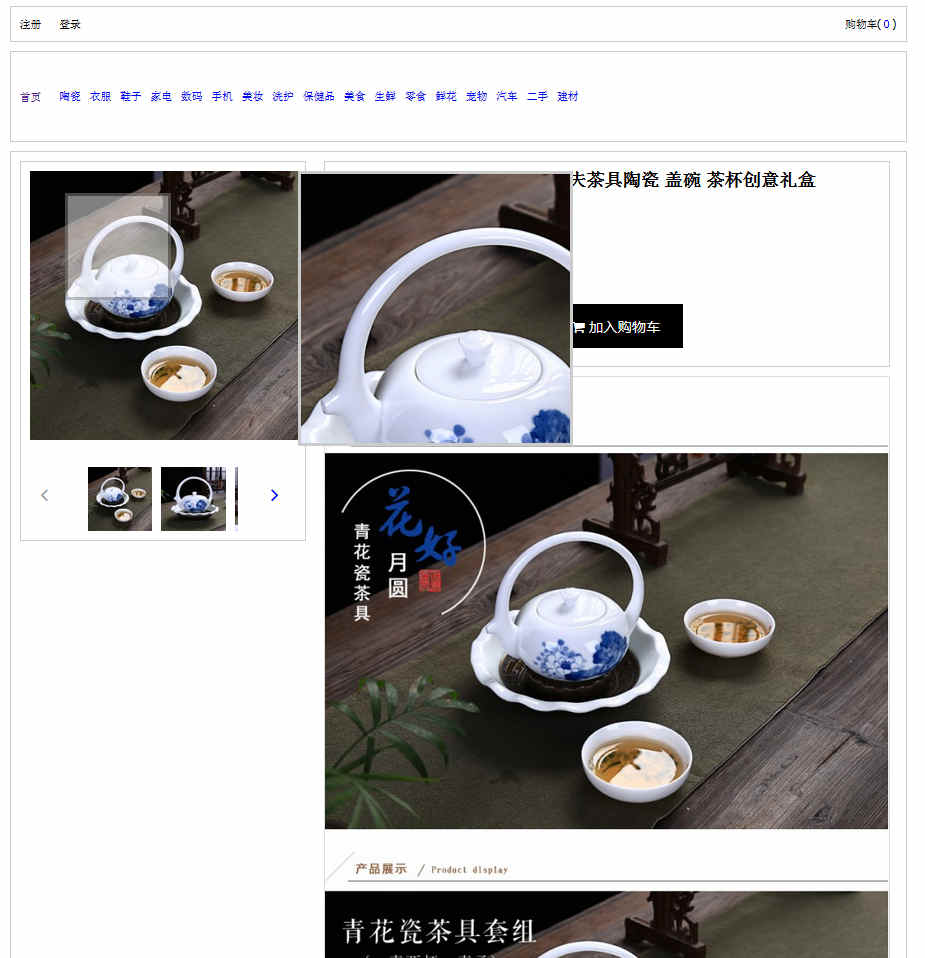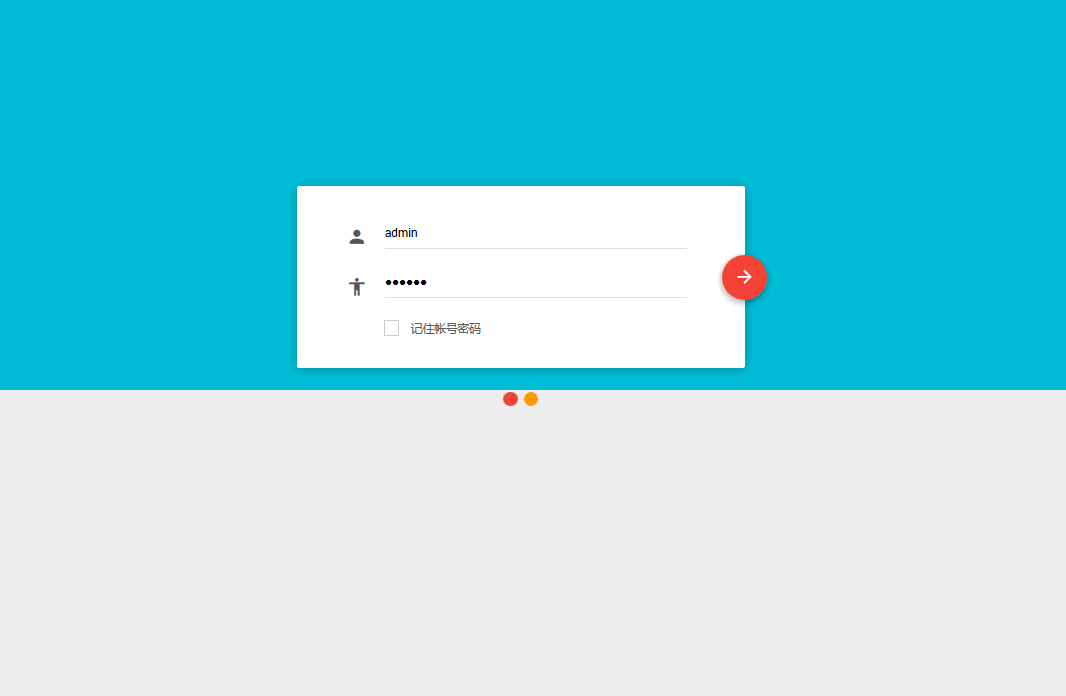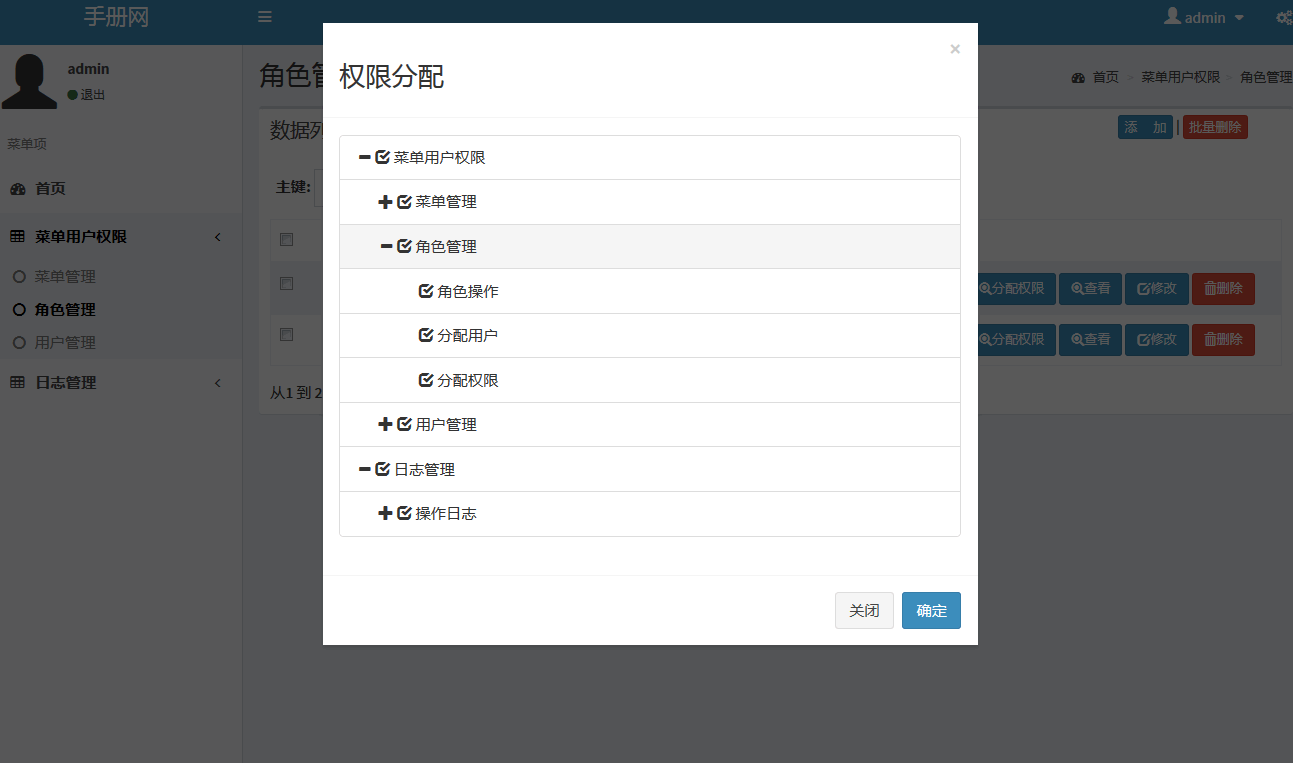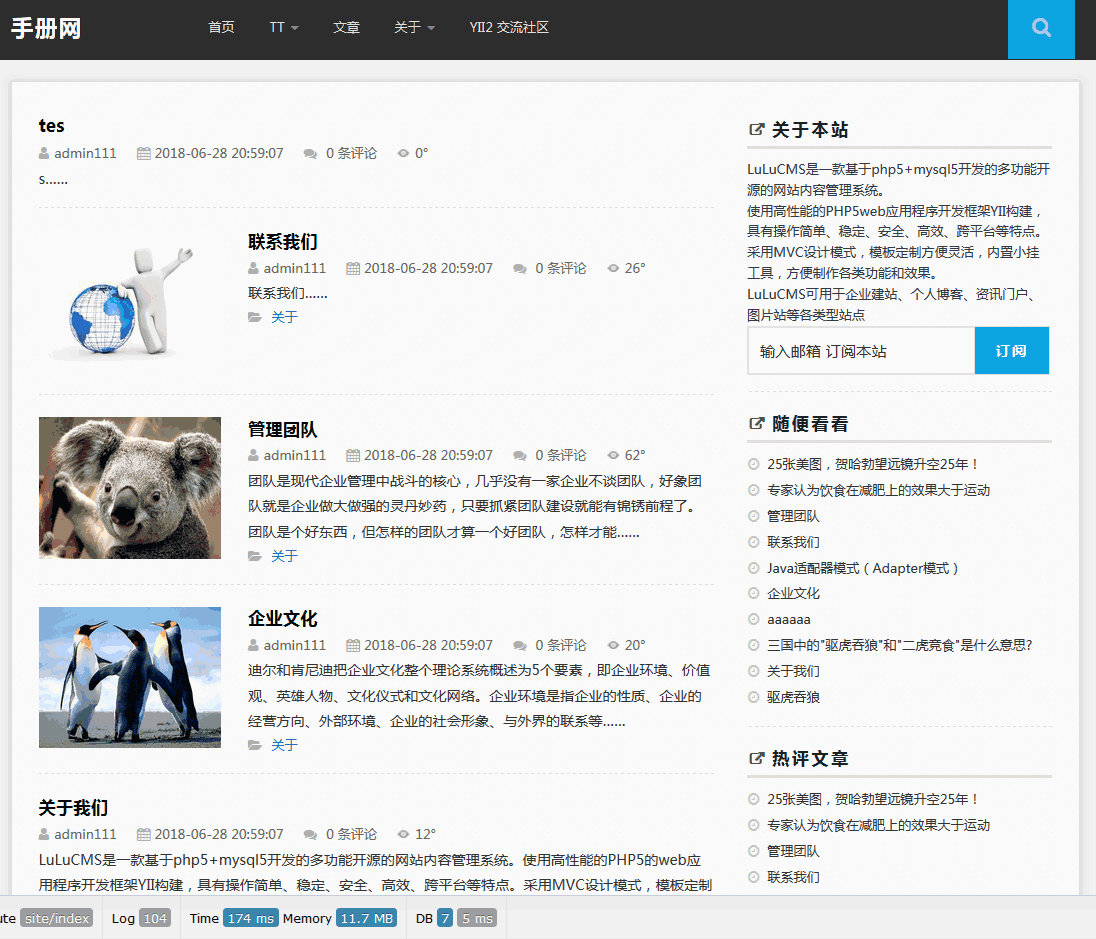JS实现继承的几种方式
十度 javaScript 2016年01月06日
收藏
前言
JS作为面向对象的弱类型语言,继承也是其非常强大的特性之一。那么如何在JS中实现继承呢?让我们拭目以待。
JS继承的实现方式
既然要实现继承,那么首先我们得有一个父类,代码如下:
// 定义一个动物类
function Animal (name) {
// 属性
this.name = name || 'Animal';
// 实例方法
this.sleep = function(){
console.log(this.name + '正在睡觉!');
}
}
// 原型方法
Animal.prototype.eat = function(food) {
console.log(this.name + '正在吃:' + food);
};1、原型链继承
核心: 将父类的实例作为子类的原型
function Cat(){
}
Cat.prototype = new Animal();
Cat.prototype.name = 'cat';
// Test Code
var cat = new Cat();
console.log(cat.name);
console.log(cat.eat('fish'));
console.log(cat.sleep());
console.log(cat instanceof Animal); //true
console.log(cat instanceof Cat); //true特点:
- 非常纯粹的继承关系,实例是子类的实例,也是父类的实例
- 父类新增原型方法/原型属性,子类都能访问到
- 简单,易于实现
缺点:
- 要想为子类新增属性和方法,必须要在
new Animal()这样的语句之后执行,不能放到构造器中 - 无法实现多继承
- 来自原型对象的引用属性是所有实例共享的(详细请看附录代码: 示例1)
- 创建子类实例时,无法向父类构造函数传参
推荐指数:★★(3、4两大致命缺陷)
2、构造继承
核心:使用父类的构造函数来增强子类实例,等于是复制父类的实例属性给子类(没用到原型)
function Cat(name){
Animal.call(this);
this.name = name || 'Tom';
}
// Test Code
var cat = new Cat();
console.log(cat.name);
console.log(cat.sleep());
console.log(cat instanceof Animal); // false
console.log(cat instanceof Cat); // true特点:
- 解决了1中,子类实例共享父类引用属性的问题
- 创建子类实例时,可以向父类传递参数
- 可以实现多继承(call多个父类对象)
缺点:
- 实例并不是父类的实例,只是子类的实例
- 只能继承父类的实例属性和方法,不能继承原型属性/方法
- 无法实现函数复用,每个子类都有父类实例函数的副本,影响性能
推荐指数:★★(缺点3)
3、实例继承
核心:为父类实例添加新特性,作为子类实例返回
function Cat(name){
var instance = new Animal();
instance.name = name || 'Tom';
return instance;
}
// Test Code
var cat = new Cat();
console.log(cat.name);
console.log(cat.sleep());
console.log(cat instanceof Animal); // true
console.log(cat instanceof Cat); // false特点:
- 不限制调用方式,不管是
new 子类()还是子类(),返回的对象具有相同的效果
缺点:
- 实例是父类的实例,不是子类的实例
- 不支持多继承
推荐指数:★★
4、拷贝继承
function Cat(name){
var animal = new Animal();
for(var p in animal){
Cat.prototype[p] = animal[p];
}
Cat.prototype.name = name || 'Tom';
}
// Test Code
var cat = new Cat();
console.log(cat.name);
console.log(cat.sleep());
console.log(cat instanceof Animal); // false
console.log(cat instanceof Cat); // true特点:
- 支持多继承
缺点:
- 效率较低,内存占用高(因为要拷贝父类的属性)
- 无法获取父类不可枚举的方法(不可枚举方法,不能使用for in 访问到)
推荐指数:★(缺点1)
5、组合继承
核心:通过调用父类构造,继承父类的属性并保留传参的优点,然后通过将父类实例作为子类原型,实现函数复用
function Cat(name){
Animal.call(this);
this.name = name || 'Tom';
}
Cat.prototype = new Animal();
// Test Code
var cat = new Cat();
console.log(cat.name);
console.log(cat.sleep());
console.log(cat instanceof Animal); // true
console.log(cat instanceof Cat); // true特点:
- 弥补了方式2的缺陷,可以继承实例属性/方法,也可以继承原型属性/方法
- 既是子类的实例,也是父类的实例
- 不存在引用属性共享问题
- 可传参
- 函数可复用
缺点:
- 调用了两次父类构造函数,生成了两份实例(子类实例将子类原型上的那份屏蔽了)
推荐指数:★★★★(仅仅多消耗了一点内存)
6、寄生组合继承
核心:通过寄生方式,砍掉父类的实例属性,这样,在调用两次父类的构造的时候,就不会初始化两次实例方法/属性,避免的组合继承的缺点
function Cat(name){
Animal.call(this);
this.name = name || 'Tom';
}
(function(){
// 创建一个没有实例方法的类
var Super = function(){};
Super.prototype = Animal.prototype;
//将实例作为子类的原型
Cat.prototype = new Super();
})();
// Test Code
var cat = new Cat();
console.log(cat.name);
console.log(cat.sleep());
console.log(cat instanceof Animal); // true
console.log(cat instanceof Cat); //true特点:
- 堪称完美
缺点:
- 实现较为复杂
推荐指数:★★★★(实现复杂,扣掉一颗星)
附录代码:
示例一:
function Animal (name) {
// 属性
this.name = name || 'Animal';
// 实例方法
this.sleep = function(){
console.log(this.name + '正在睡觉!');
}
//实例引用属性
this.features = [];
}
function Cat(name){
}
Cat.prototype = new Animal();
var tom = new Cat('Tom');
var kissy = new Cat('Kissy');
console.log(tom.name); // "Animal"
console.log(kissy.name); // "Animal"
console.log(tom.features); // []
console.log(kissy.features); // []
tom.name = 'Tom-New Name';
tom.features.push('eat');
//针对父类实例值类型成员的更改,不影响
console.log(tom.name); // "Tom-New Name"
console.log(kissy.name); // "Animal"
//针对父类实例引用类型成员的更改,会通过影响其他子类实例
console.log(tom.features); // ['eat']
console.log(kissy.features); // ['eat']
原因分析:
关键点:属性查找过程
执行tom.features.push,首先找tom对象的实例属性(找不到),
那么去原型对象中找,也就是Animal的实例。发现有,那么就直接在这个对象的
features属性中插入值。
在console.log(kissy.features); 的时候。同上,kissy实例上没有,那么去原型上找。
刚好原型上有,就直接返回,但是注意,这个原型对象中features属性值已经变化了。 












